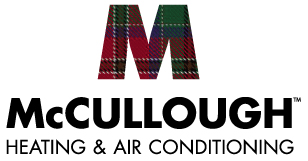4.8 Google Rating
Our Blog
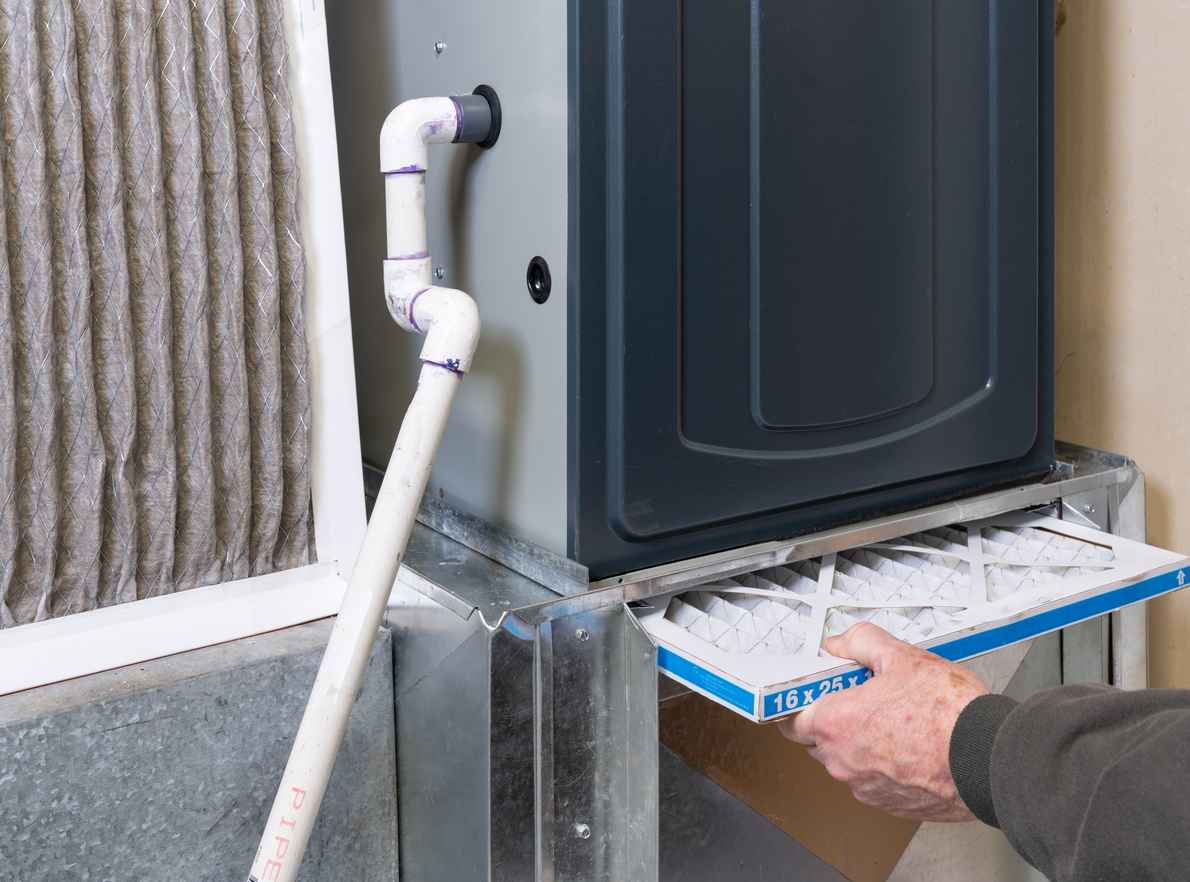
Is Your Furnace Ready for a Central Texas Winter? Austin Homeowners Should Check This First

Don’t Get Spooked by Strange HVAC Noises This Halloween: Austin’s Guide to a Fright-Free, Cozy Home
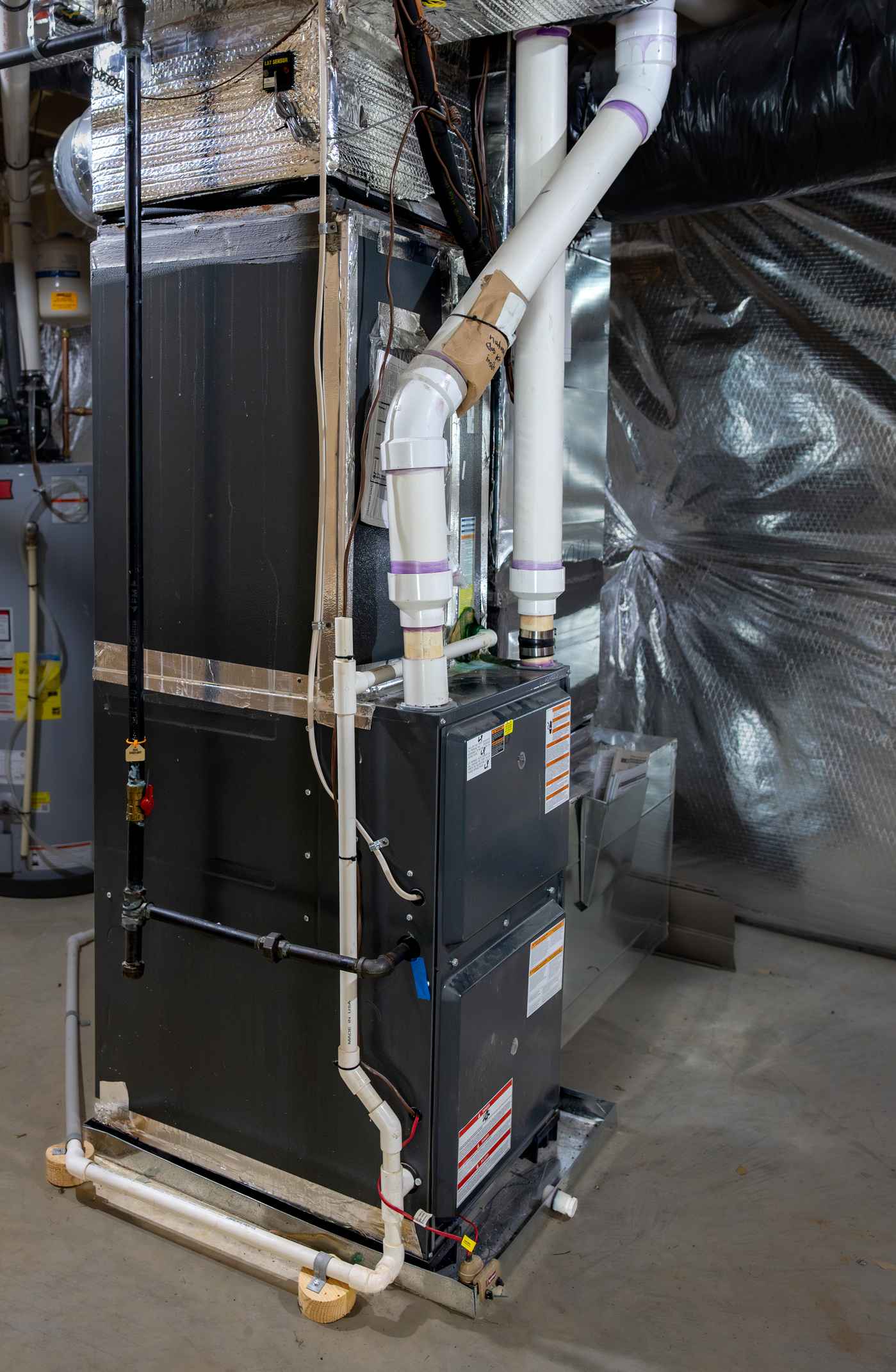
Preparing Your Austin Home for the Switch from AC to Heat
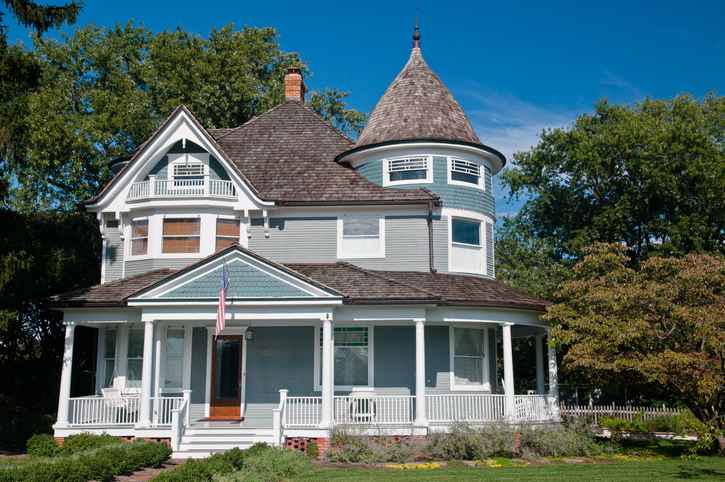
Why Austin’s Older Homes Need Special Attention When It Comes to HVAC Efficiency
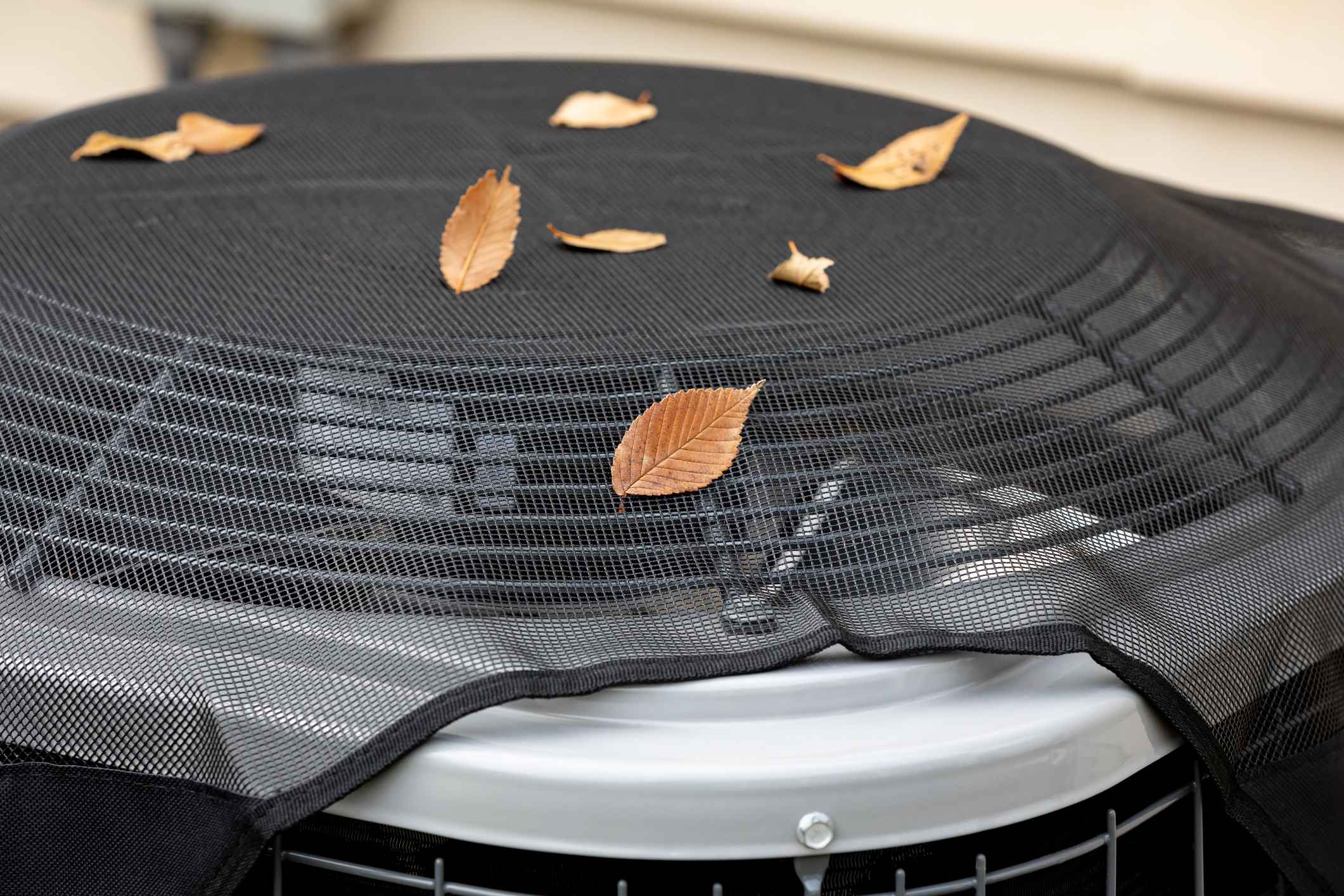
Staying Cool This Fall: HVAC Tips for Austin Homes During October Heat
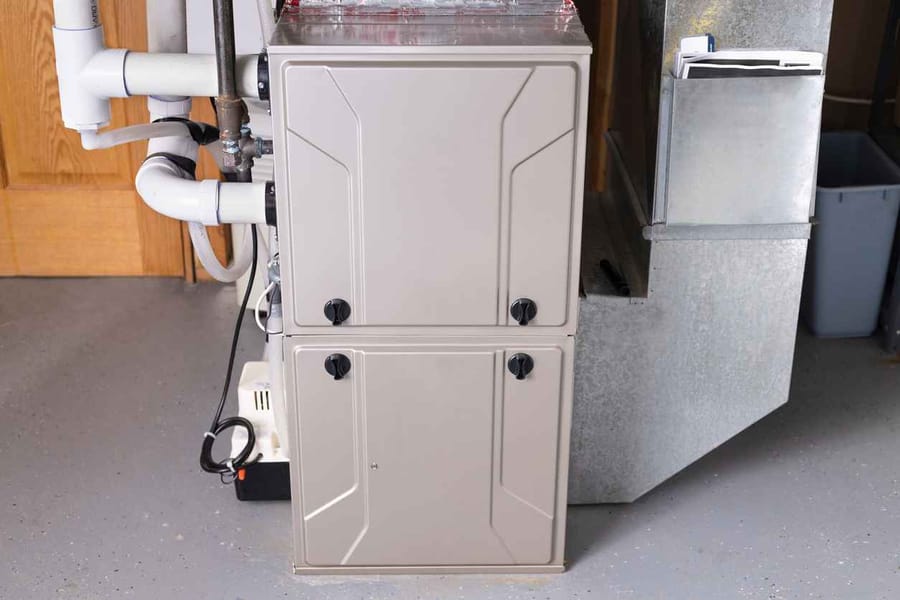
When to Consider a Heating Upgrade in Central Austin
Discover when it’s time to upgrade your heating system in Central Austin. Learn the signs, benefits, and FAQs about heating upgrades to keep your home comfortable and energy-efficient this winter.
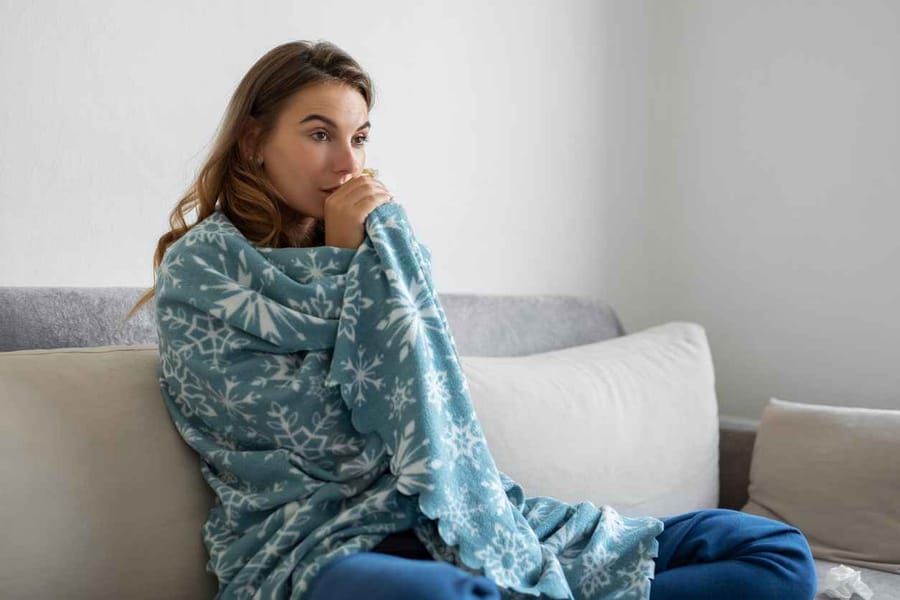
Top 10 Common Texas Heater Problems and How to Solve Them Yourself

Fall HVAC Maintenance Checklist for Austin, TX Homes
Prepare your Austin, TX home for cooler weather with McCullough’s fall HVAC maintenance checklist. Keep your system efficient, lower energy bills, and avoid costly repairs.

Why Your Thermostat Might Be Costing You Money in Austin
Call McCullough Heating & Air Conditioning at 512-798-0839 to learn why a faulty thermostat could be raising your energy bills in Austin. Stay comfortable and save money with expert HVAC help.

